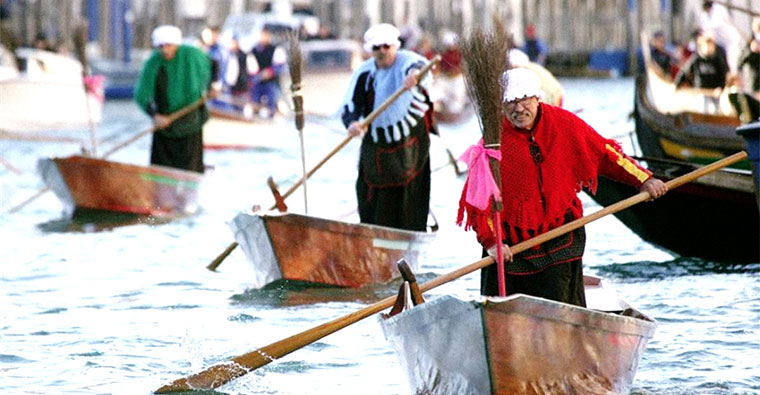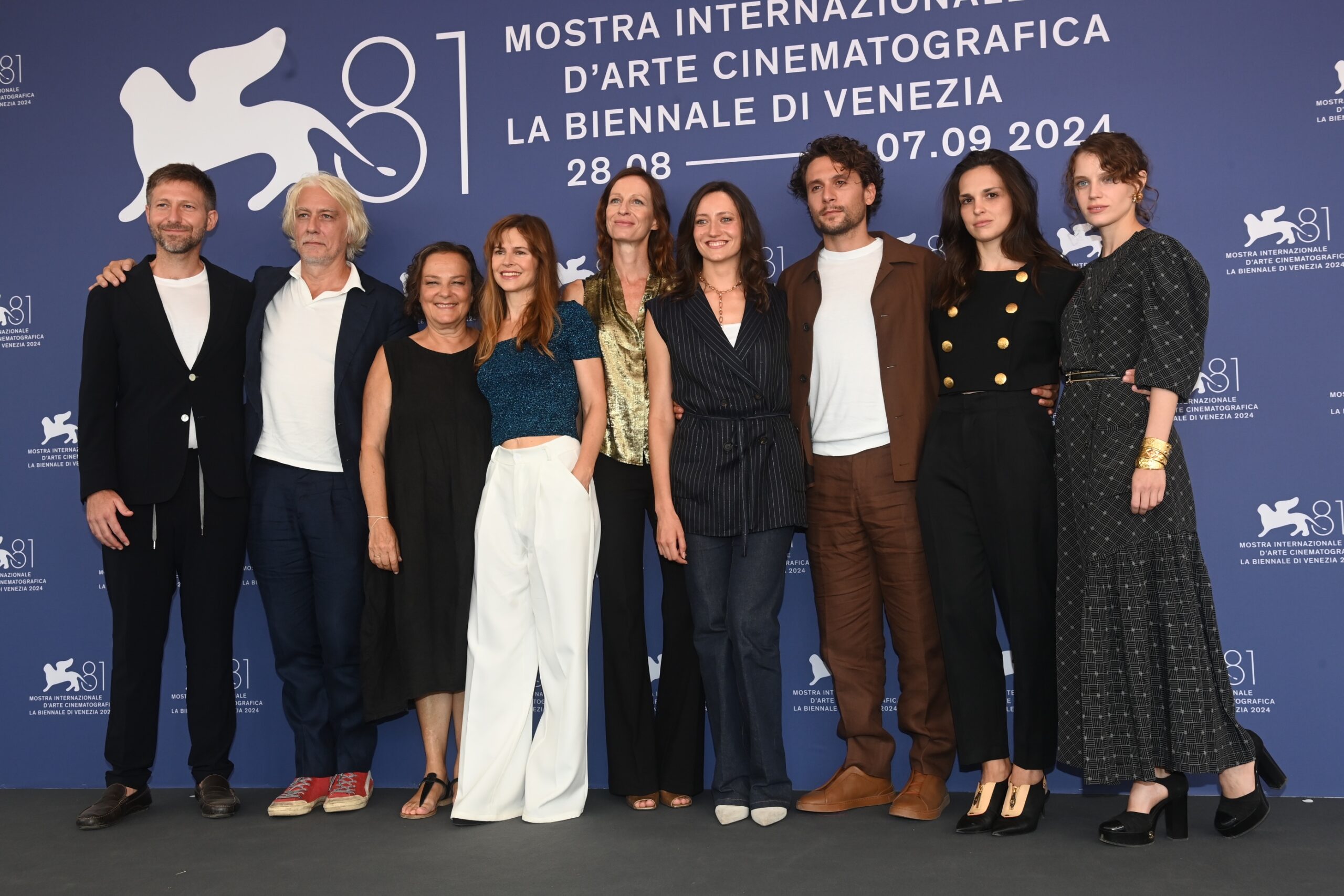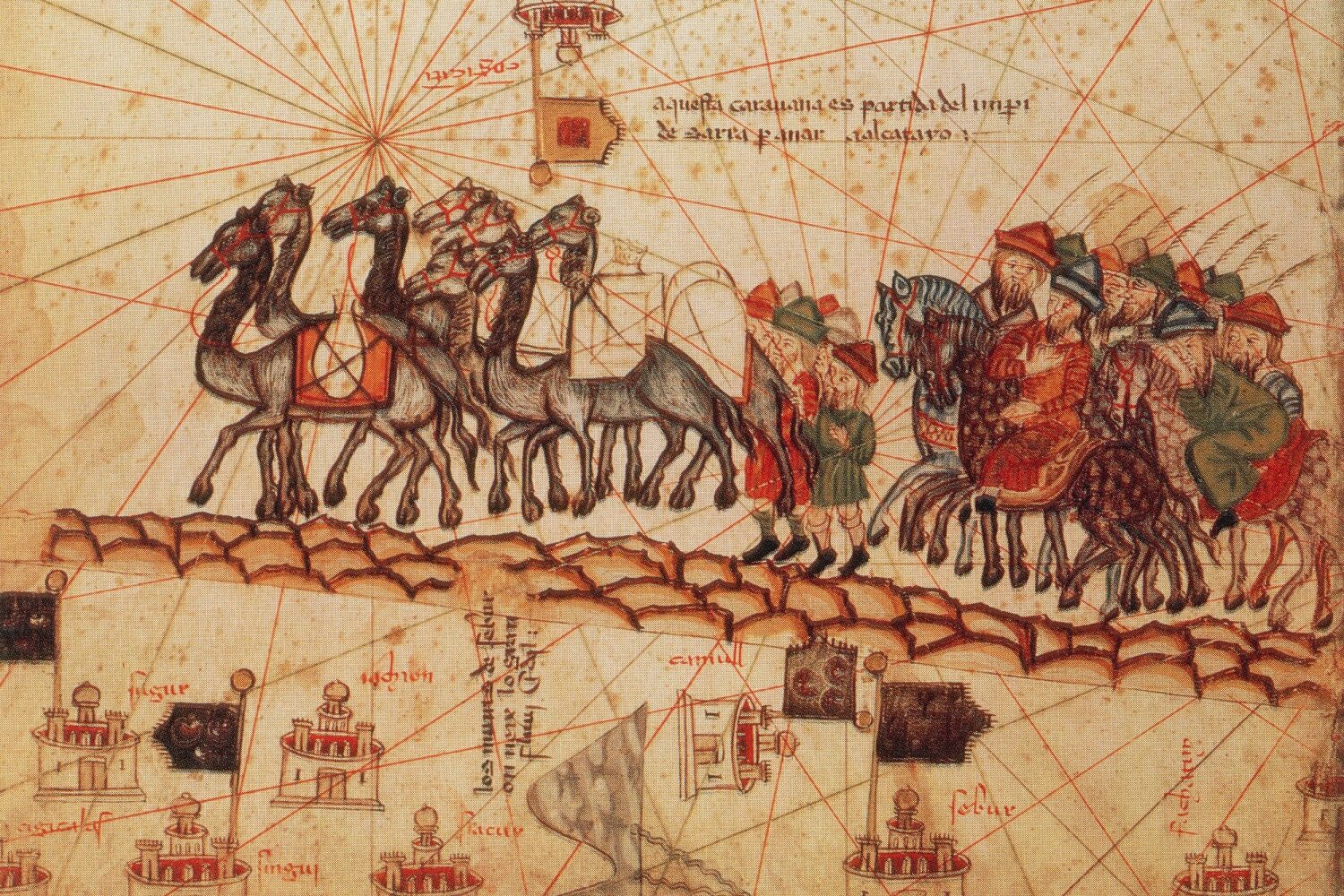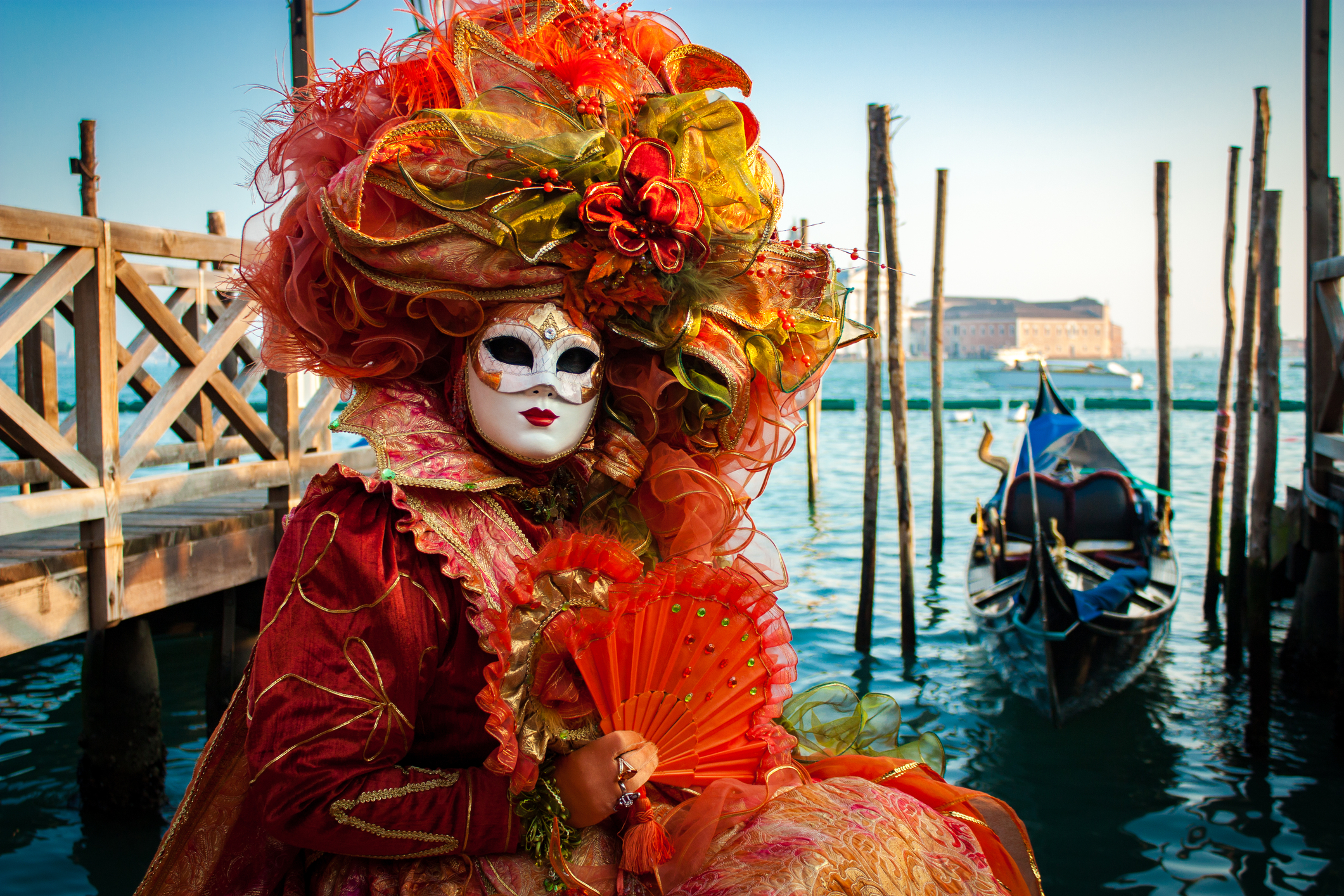E maranteghe i xe ‘riva anca ‘sto ano! From the Venetian dialect, this translates “Even this year, the witches (le befane) have arrived”. There can be no feast of the Epiphany in the ancient Maritime Republic without the traditional “Regatta of the Epiphany WItches”. An event where the oldest rowers of the most ancient rowing club in Venice, called the Bucintoro, challenge one another on the short stretch of the Grand Canal between San Toma and the bridge, Ri’Alto. The two banks of the Grand Canal that are just before the bridge which is the symbol of this marine city are traditionally under attack. It cannot be otherwise: the tourists come together with the Venetians as they all wait for the race. Under the bridge, on the opposite side of Town Hall of Ca’Farsetti, folk music entertains the audience while refreshments passed around, mulled wine for the grown-ups and candy, hot chocolate and venetian sweets for the little ones.
The race begins when the masked fleets of witches brooms make their way in the lagoons. Halfway through, between guards and a procession, the participants are followed by other boats carrying a Santa Clause and many other women witches. A clarification is necessary here because in the race, the Befane are boys in disguise, competing in a meticulous regulation outfit made up of a white old lady’s hat, a long black skirt and blue wool capes over their shoulders.
Once someone has won, there is the inevitable show of oars to the delight of many spectators. On land you see flashes of cameras and hear a roar of applause. Once the race is over, from the Ri’Alto bridge, falls a giant stocking sending wishes to the entire city.
As the winners of the regatta continue to celebrate and the giant stocking hangs over the Grand Canal, the residents return home. Some people wear the typical headscarf while others the traditional large pointy witch’s hat. Others all done up according to the theme of the event, everyone taking wing and moving in another dimension.
The appointment is at sunset when the secular rite of the event – the old lady’s bonfire – takes place. On a pyre of wood, a puppet, symbolizing the past year, is placed. While it is burring, the appeasing rite for the new year begins: people warm themselves with mulled wine, with hot wine flavored with cinnamon and cloves, and eat the traditional venetian wheat cake, which is a small focaccia made with corn flour, pine nuts, dried figs and raisins. The raisins, which symbolize abundance, are considered a lucky food.
Translation by Angela Di Nardo































